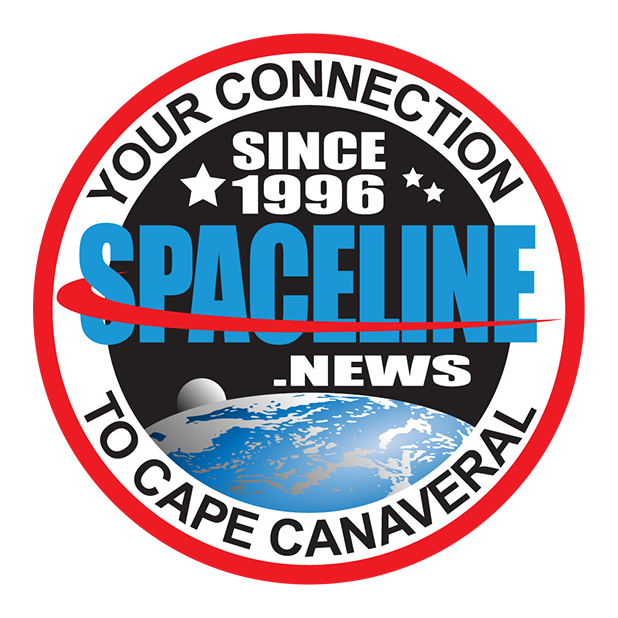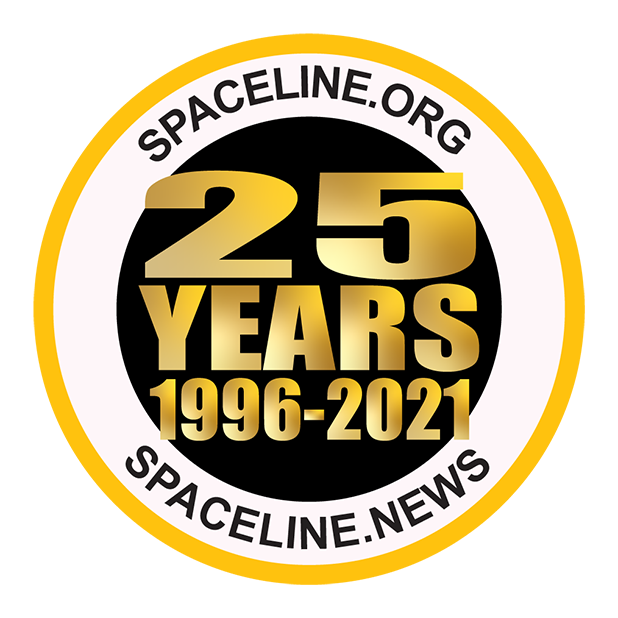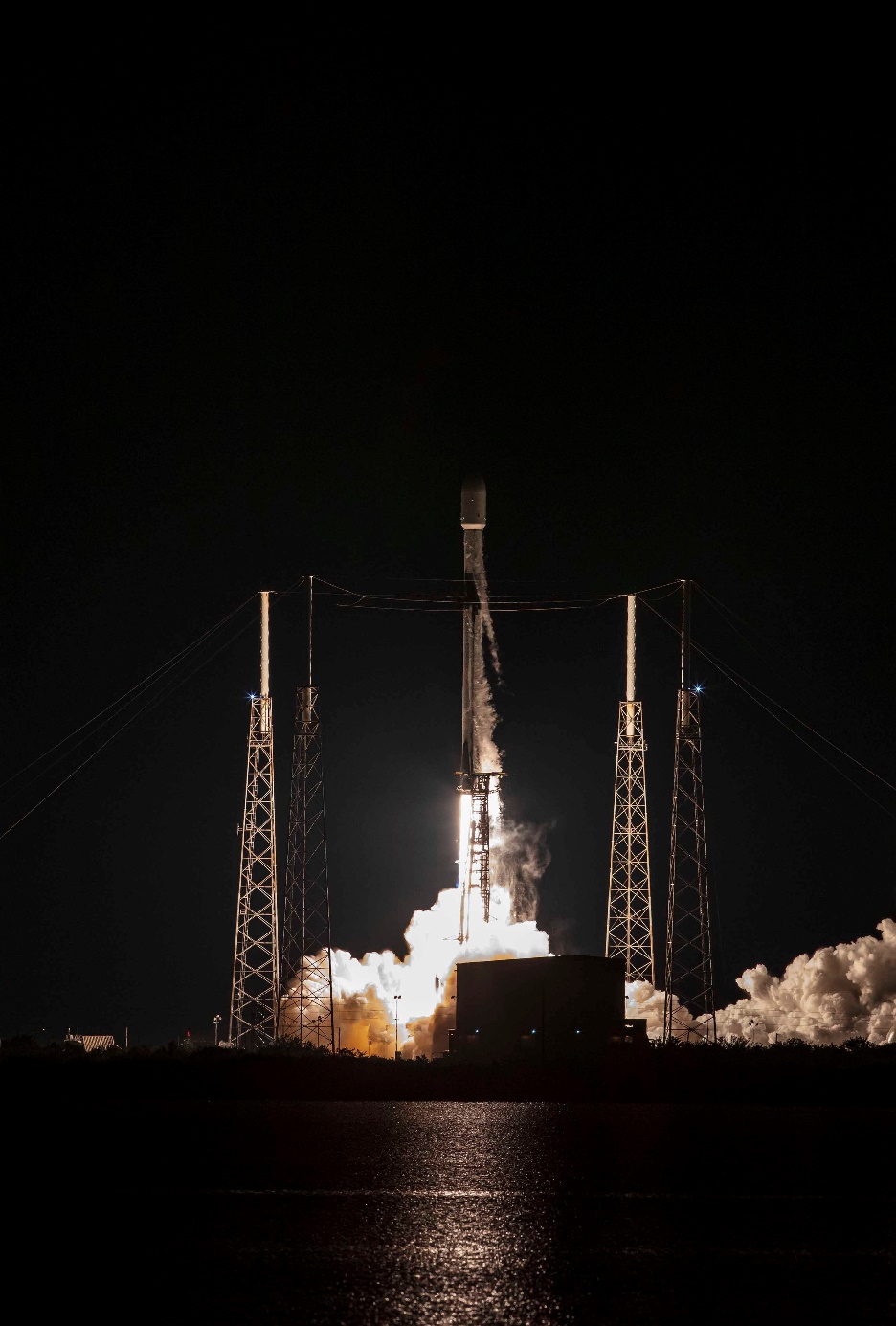
Falcon 9 Starlink 5-2 Launch, Photo Courtesy SpaceX
Falcon 9 Launches 56 Starlink Satellites
January 26, 2023 | Reported by Cliff Lethbridge
A SpaceX Falcon 9 rocket successfully launched 56 Starlink satellites at 4:32 a.m. EST today from Launch Pad 40 on Cape Canaveral Space Force Station. The first stage booster employed today was being flown for the ninth time, having previously supported the CRS-22, Crew-3, Turksat-5B, Crew-4, CRS-25, Hotbird-13G, MPOWER-A and one Starlink mission. The booster was successfully recovered today with a landing on the "Just Read the Instructions" drone ship, positioned on the Atlantic Ocean about 400 miles southeast of Cape Canaveral. The mission, designated Starlink 5-2, brings to a total of 3,773 Starlink satellites launched to date, although not all of these are operational or still in orbit. Starlink is a SpaceX-owned and operated constellation of broadband Internet satellites, intended to provide space-based Internet service to users worldwide. The service is currently offered on all seven continents with over one million subscribers.
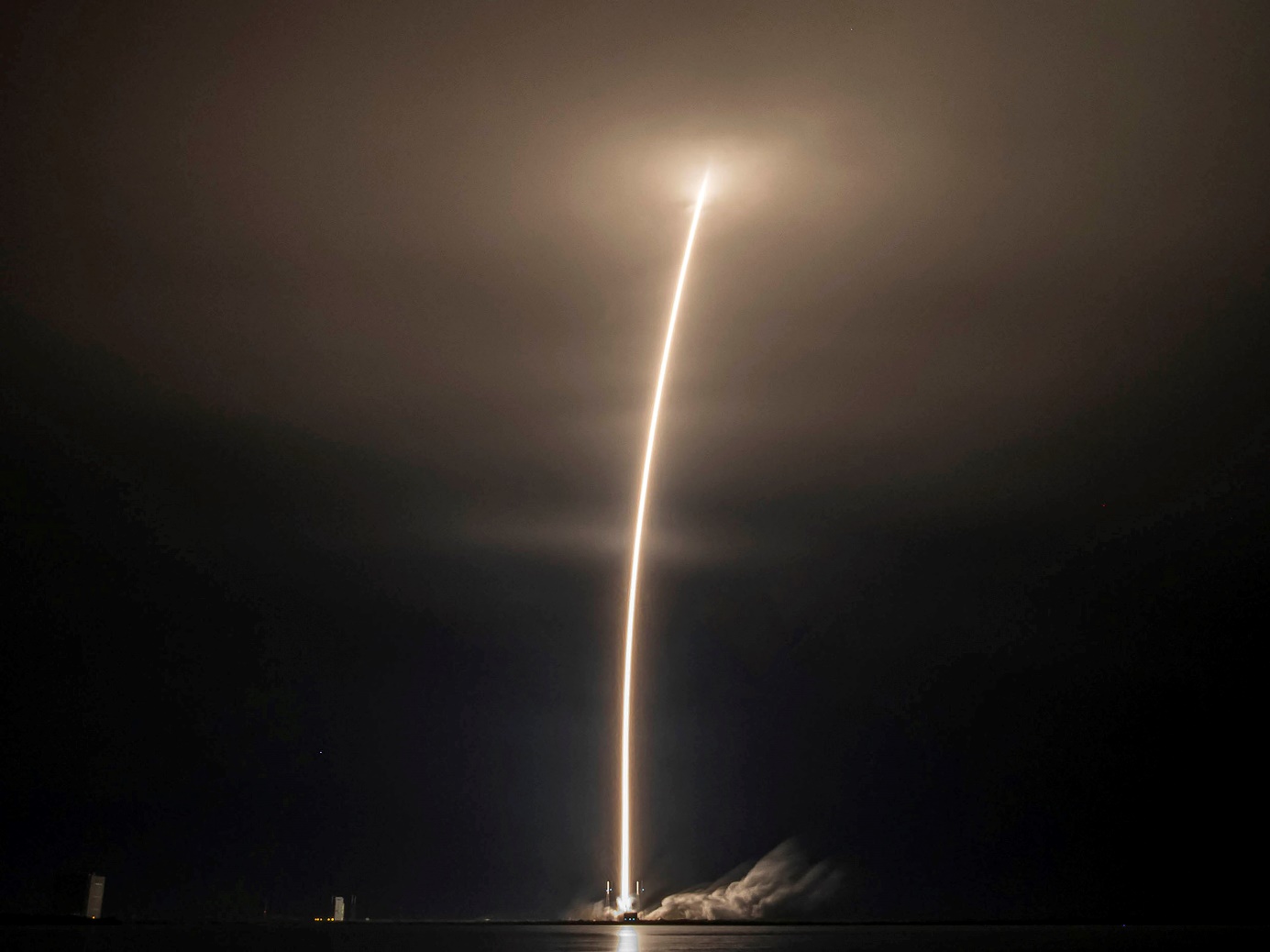
Falcon 9 Starlink 5-2 Streak Shot, Photo Courtesy SpaceX
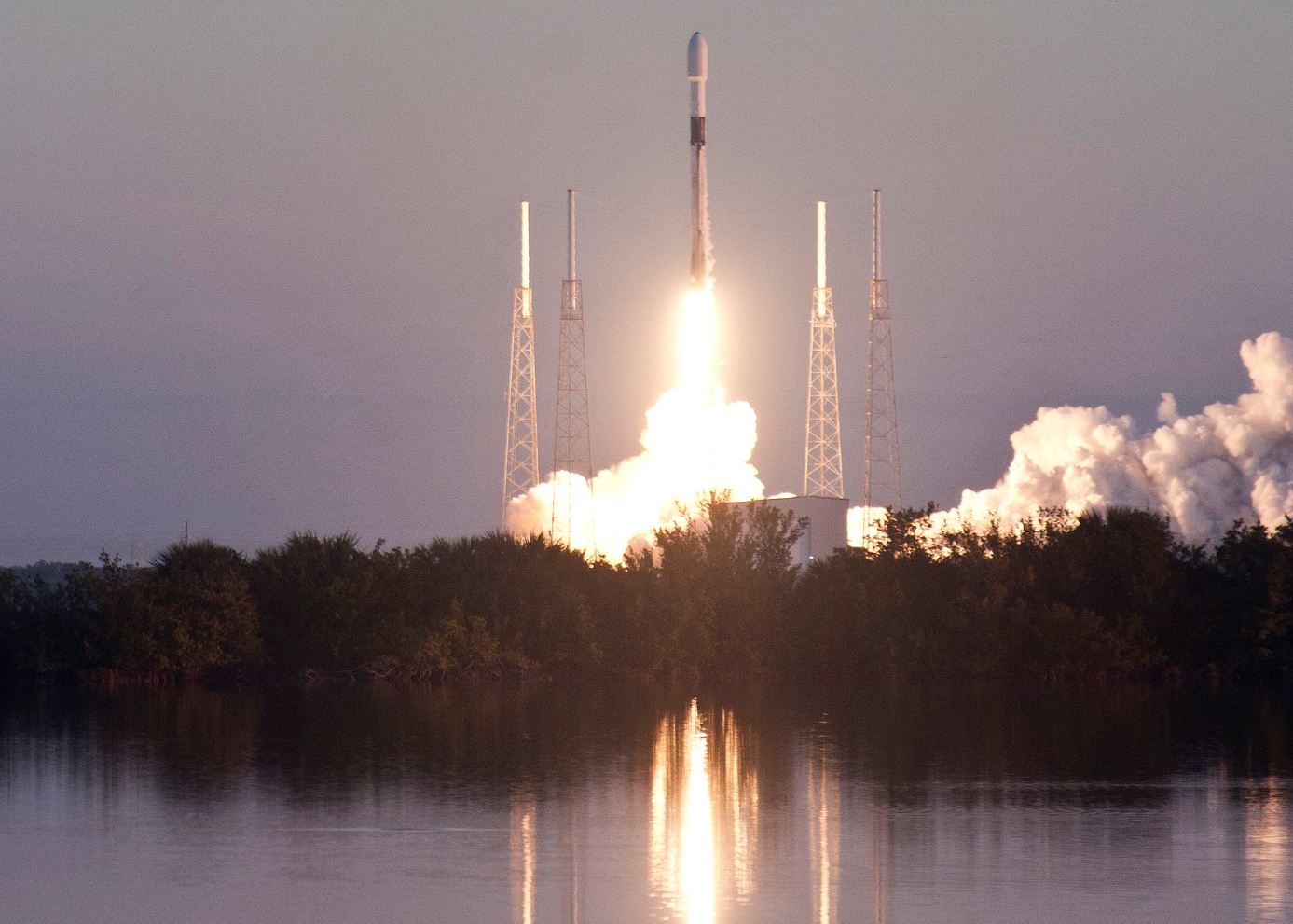
Falcon 9 GPS III-SV06 Launch, Photo Courtesy Carleton Bailie/Spaceline
Falcon 9 Launches GPS III-SV06 Satellite
January 18, 2023 | Reported by Cliff Lethbridge
A SpaceX Falcon 9 rocket successfully launched the GPS III-SV06 satellite at 7:24 a.m. EST today from Launch Pad 40 on Cape Canaveral Space Force Station. The first stage booster employed today was being flown for the second time, having previously supported the Crew-5 mission. The booster was successfully recovered today with a landing on the "A Shortfall of Gravitas" drone ship, positioned on the Atlantic Ocean about 400 miles northeast of Cape Canaveral. GPS III-SV06 (Global Positioning System III-Space Vehicle 06) is the sixth in a planned constellation of ten next generation GPS satellites. The GPS III series of satellites is intended to deliver sustained, reliable GPS capabilities to America's warfighters, U.S. allies and civilian users. GPS provides positioning, navigation and timing service to civilian and military users worldwide, with the goal of fulfilling increasing demands for the GPS system. System improvements introduced with the GPS III series include improved anti-jamming, improved accuracy and improved integrity. The satellites operate on six orbital planes at 55-degrees inclination at an altitude of about 12,000 miles. Design life is 15 years with 12 years mean mission duration. Launch weight of the satellite was about 8,000 pounds. Position accuracy is within 0.63 meters.
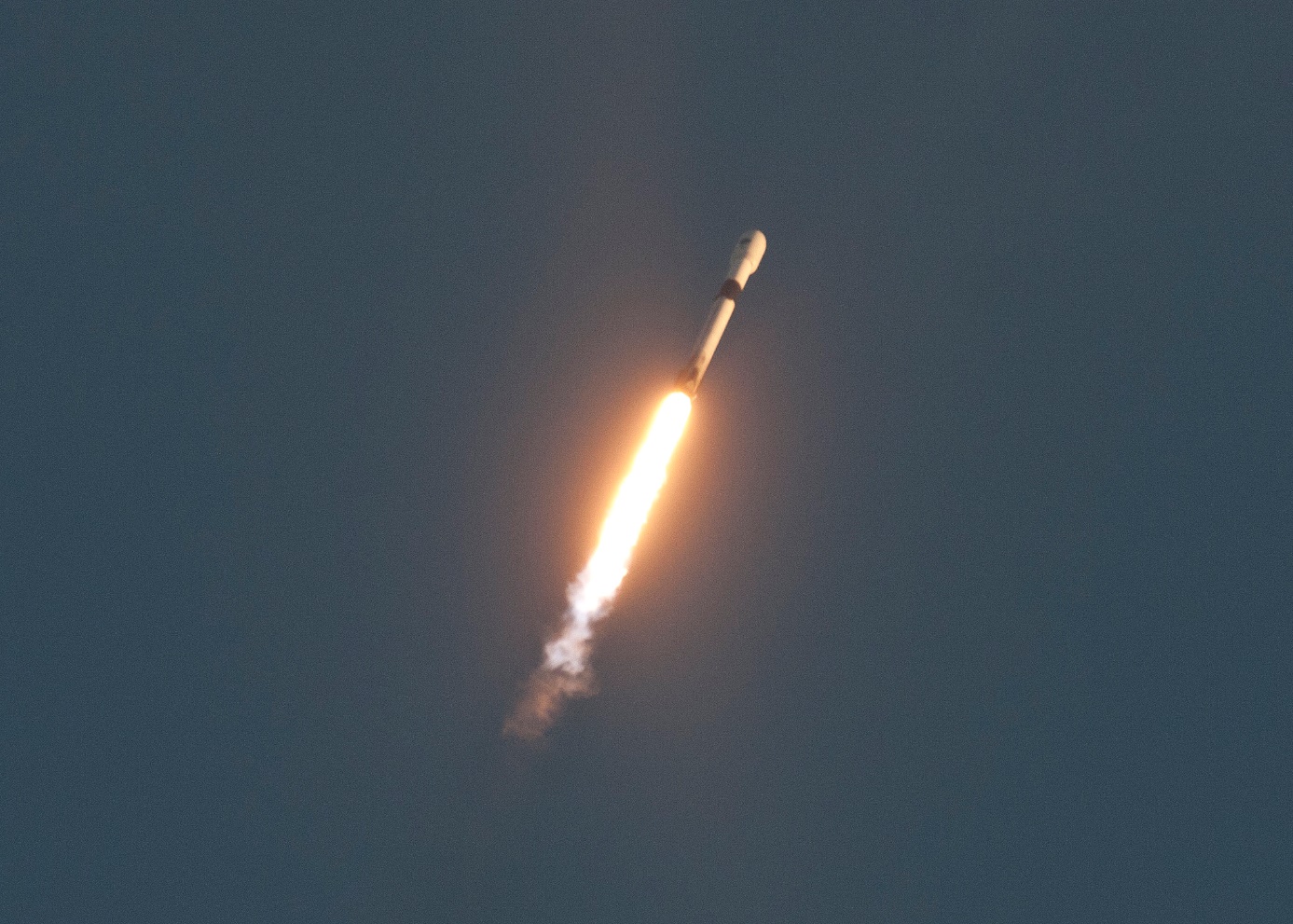
Falcon 9 GPS III-SV06 Launch, Photo Courtesy Carleton Bailie/Spaceline
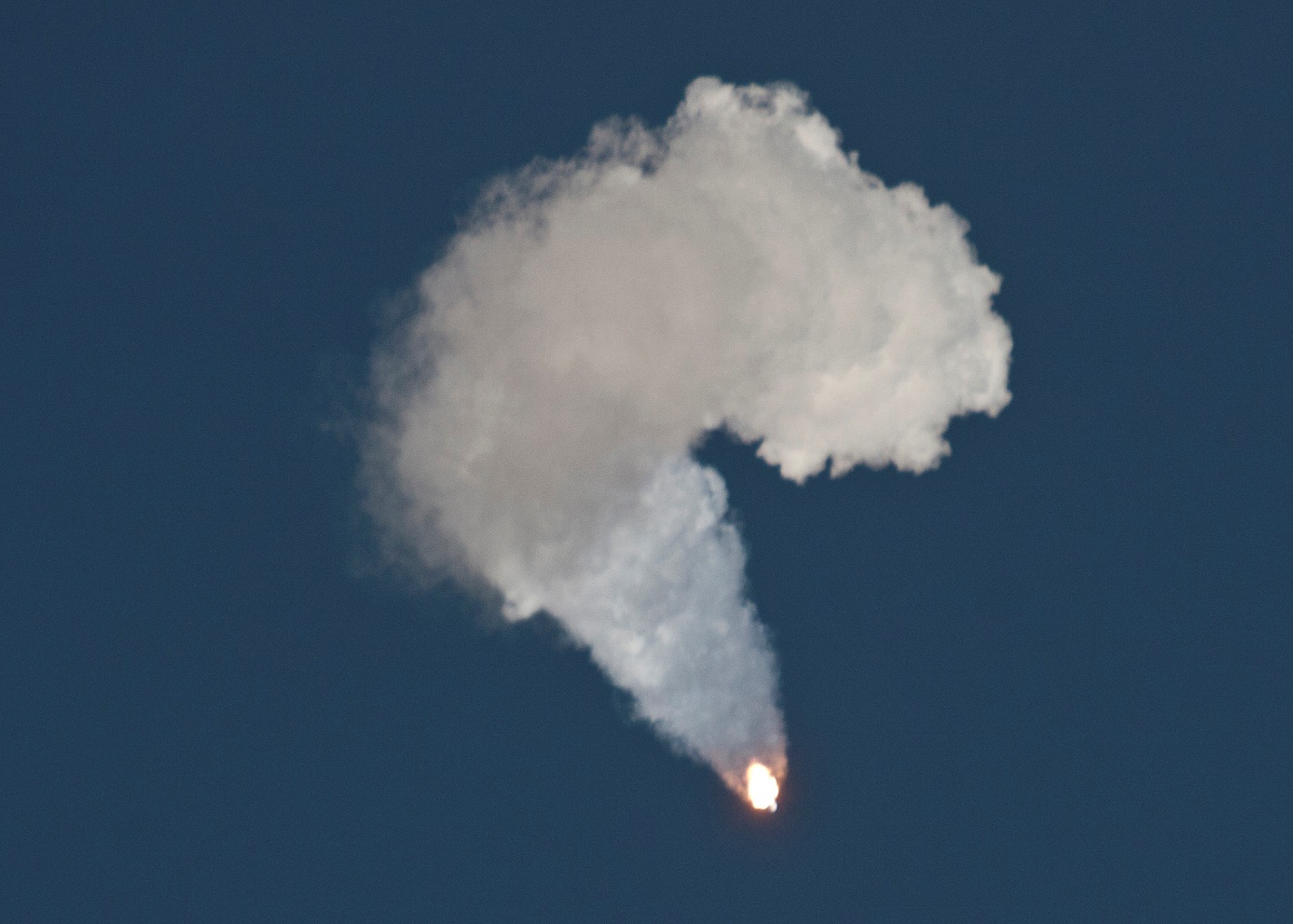
Falcon 9 GPS III-SV06 Downrange, Photo Courtesy Carleton Bailie/Spaceline
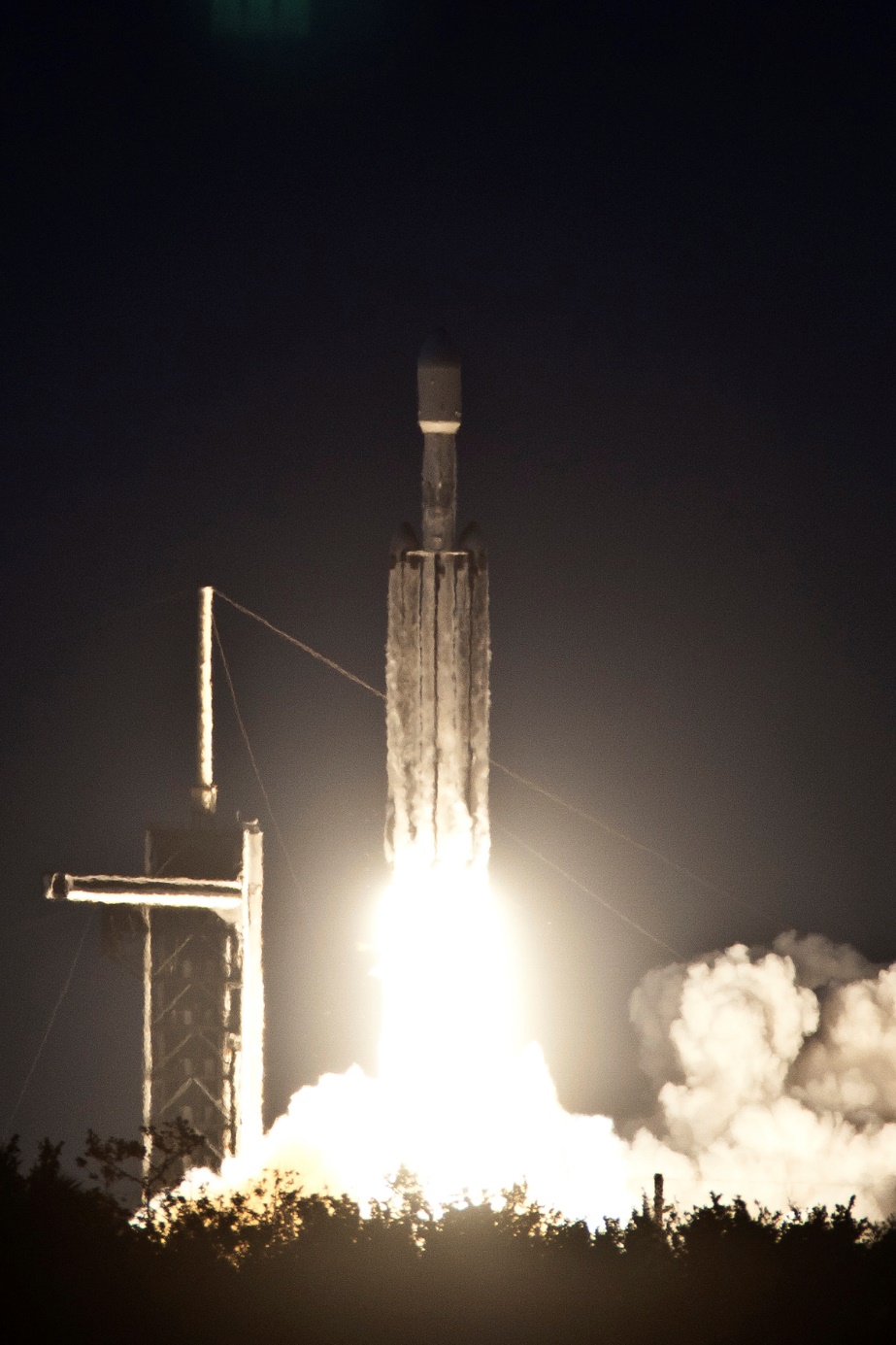
Falcon Heavy USSF-67 Launch, Photo Courtesy Carleton Bailie/Spaceline
Falcon Heavy Launches USSF-67 Payload
January 15, 2023 | Reported by Cliff Lethbridge
A SpaceX Falcon Heavy rocket successfully launched the USSF-67 payload at 5:56 p.m. EST today from Launch Pad 39A at the Kennedy Space Center. The two side boosters employed today were successfully recovered with landings at Landing Zones 1 and 2 on Cape Canaveral Space Force Station. The center booster was not recovered due to the flight profile and fuel needed to place the payload into orbit. The U.S. Space Force USSF-67 payload consists of two separate spacecraft, the second Continuous Broadcast Augmenting SATCOM (CBAS-2) and the Long Duration Propulsive ESPA-3A (LDPE-3A). CBAS-2 is a military communications satellite while LDPE-3A is a rideshare satellite which hosts multiple experimental payloads. Both payloads will be deployed in a geostationary orbit about 22,000 miles above Earth. Other elements of the mission remain classified.
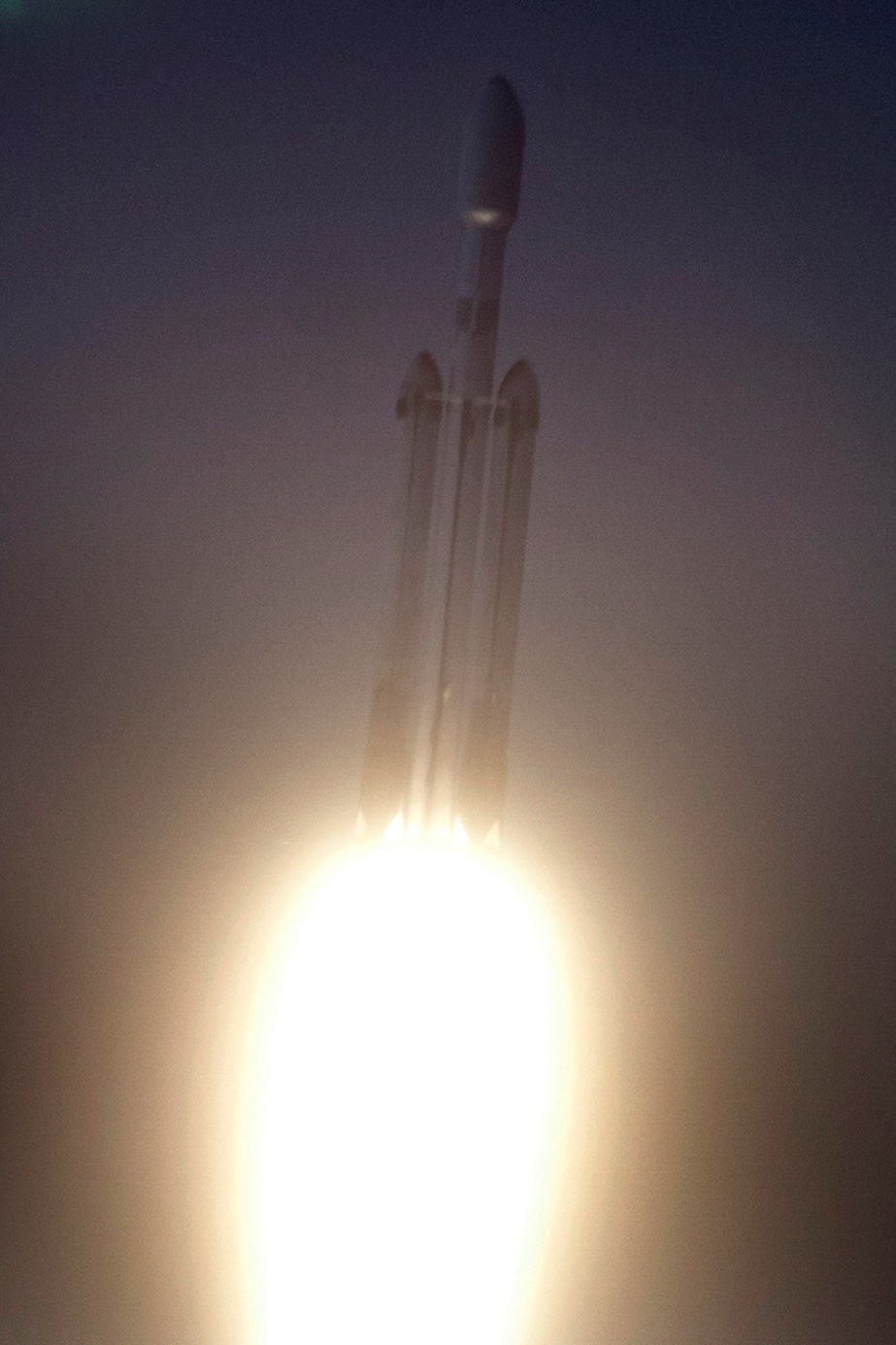
Falcon Heavy USSF-67 Launch, Photo Courtesy Carleton Bailie/Spaceline
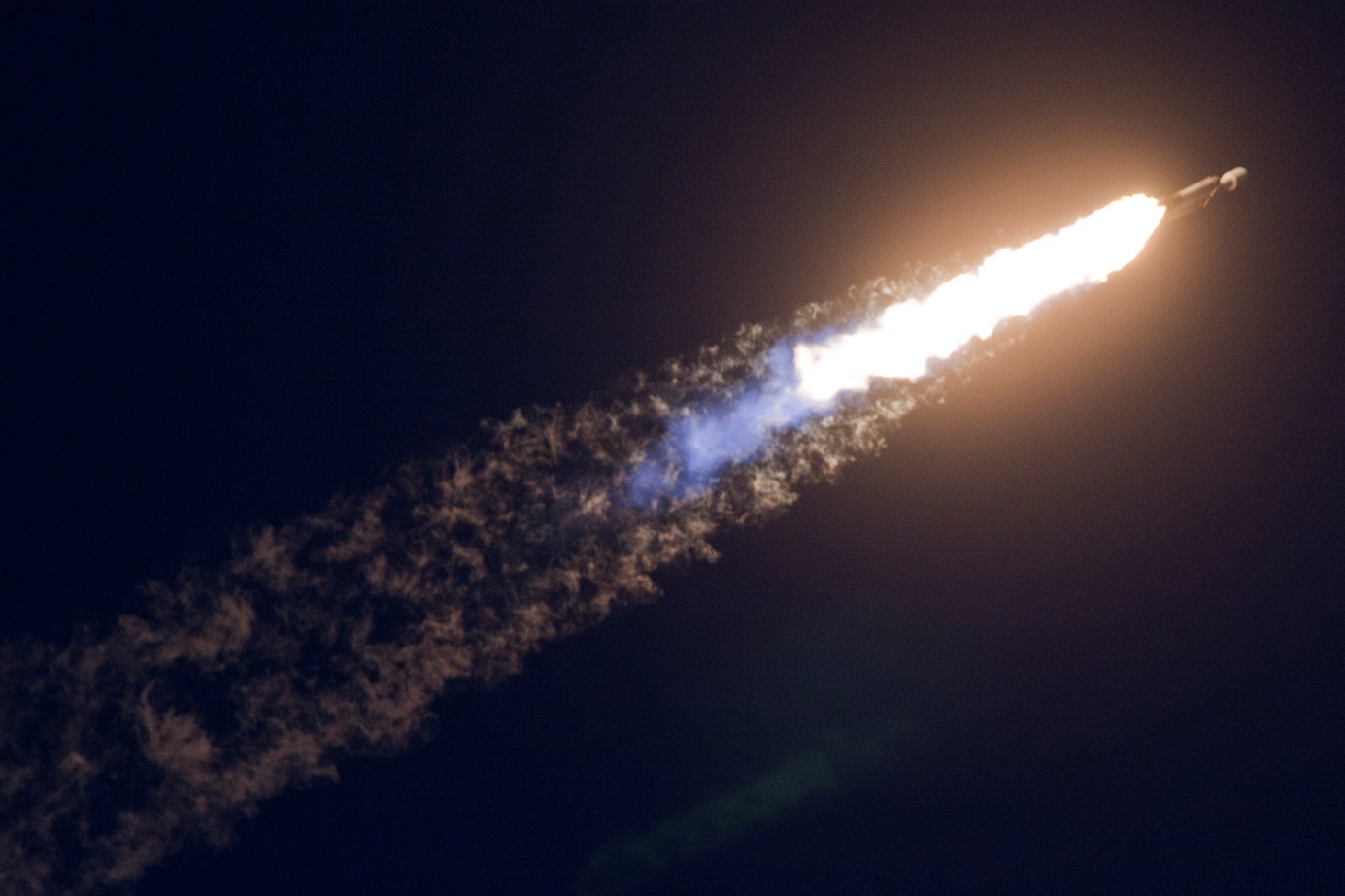
Falcon Heavy USSF-67 Launch, Photo Courtesy Carleton Bailie/Spaceline
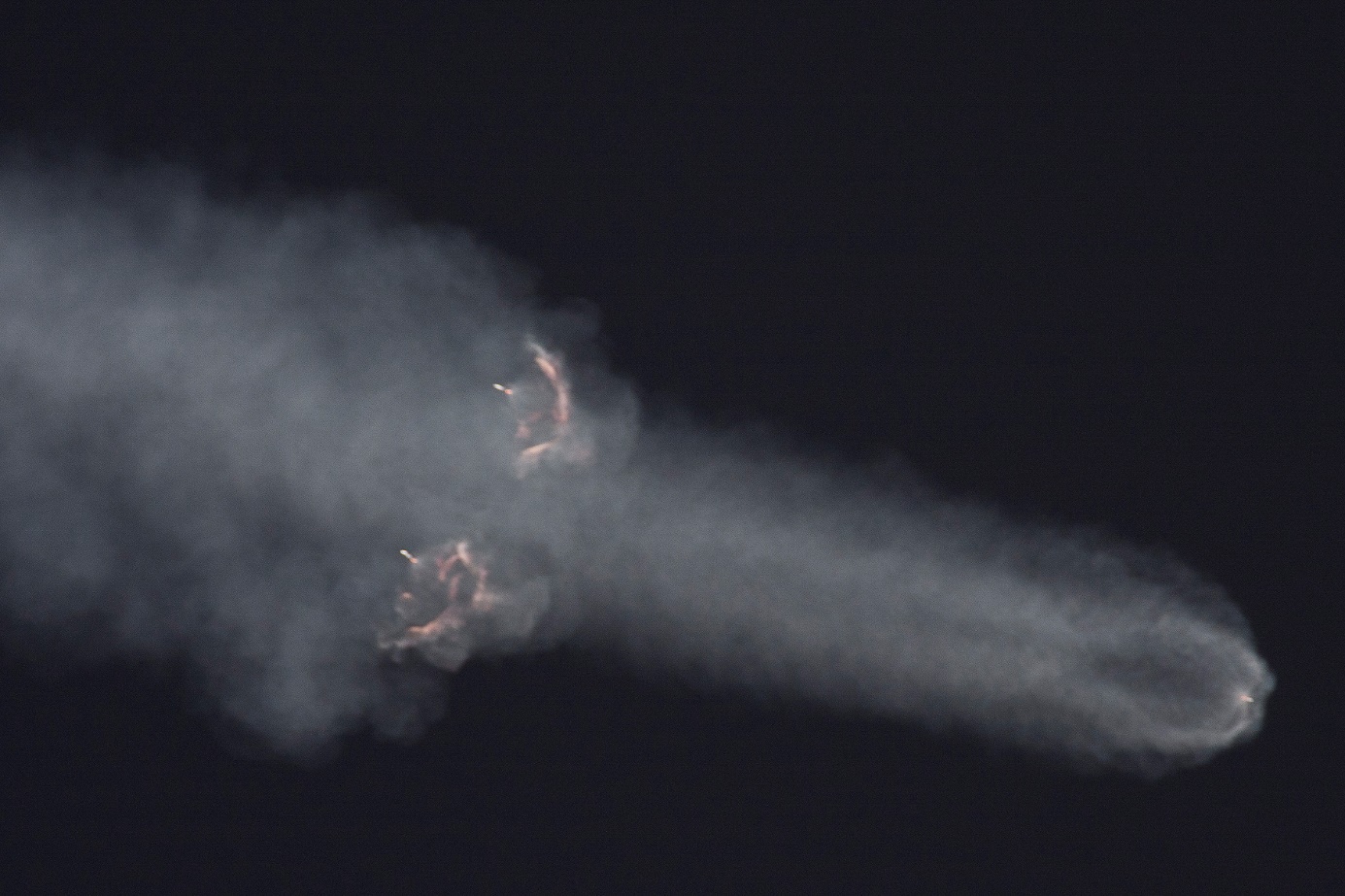
Falcon Heavy USSF-67 Downrange, Photo Courtesy Carleton Bailie/Spaceline
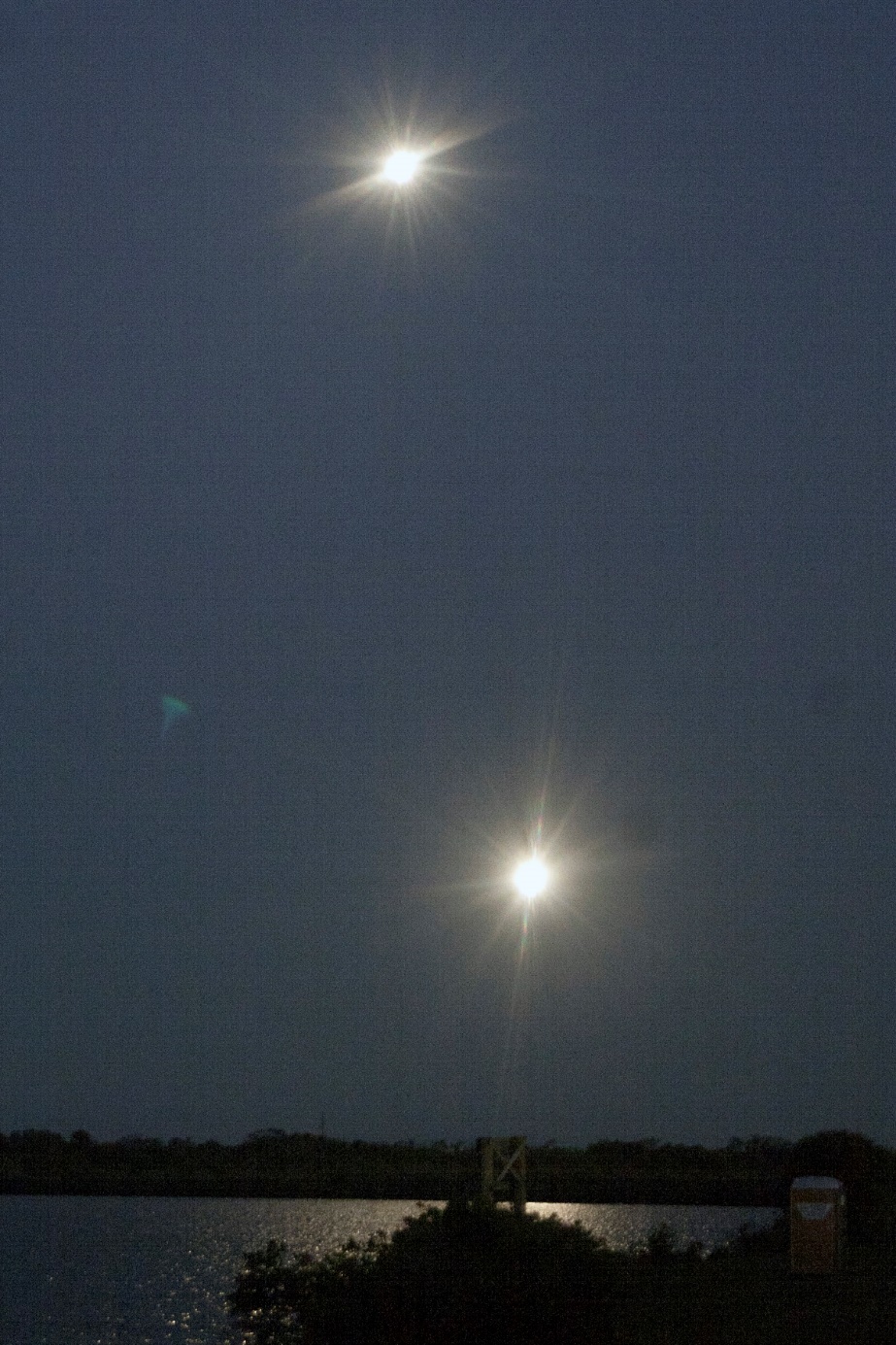
Falcon Heavy USSF-67 Boosters Landing, Photo Courtesy Carleton Bailie/Spaceline
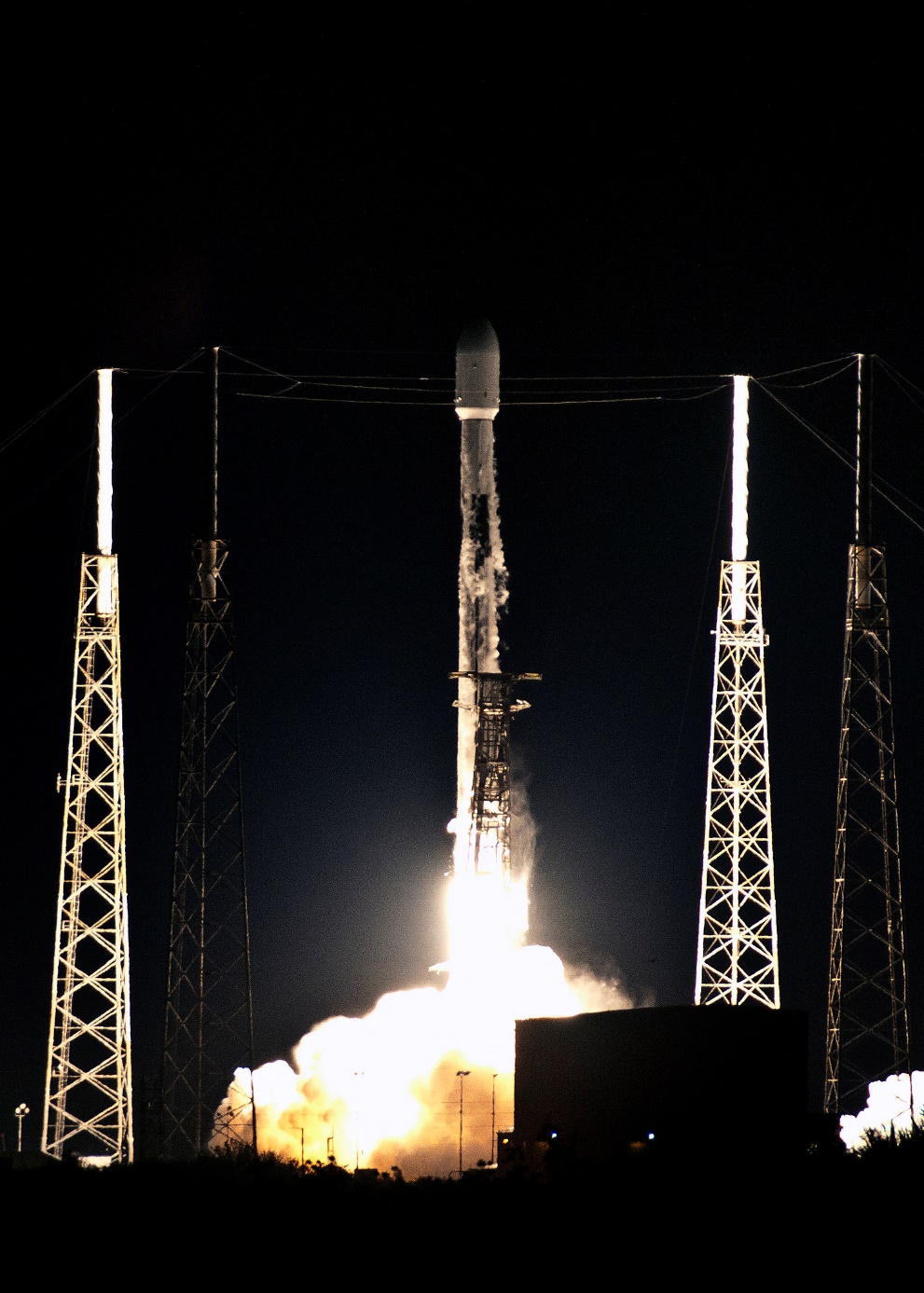
Falcon 9 OneWeb-16 Launch, Photo Courtesy Carleton Bailie/Spaceline
Falcon 9 Launches OneWeb-16 Payload
January 9, 2023 | Reported by Cliff Lethbridge
A SpaceX Falcon 9 rocket successfully launched the OneWeb-16 payload at 11:50 p.m. EST today from Launch Pad 40 at Cape Canaveral Space Force Station. The first stage booster employed today was being flown for the second time, having previously supported the CRS-26 mission. The booster was successfully recovered today with a landing at Landing Zone-1 on Cape Canaveral Space Force Station. The OneWeb-16 payload consists of 40 OneWeb broadband Internet satellites, bringing to a total of 544 of the satellites launched to date. OneWeb needs 650 satellites to complete its first-generation broadband Internet network, intended to provide space-based Internet service to users worldwide.
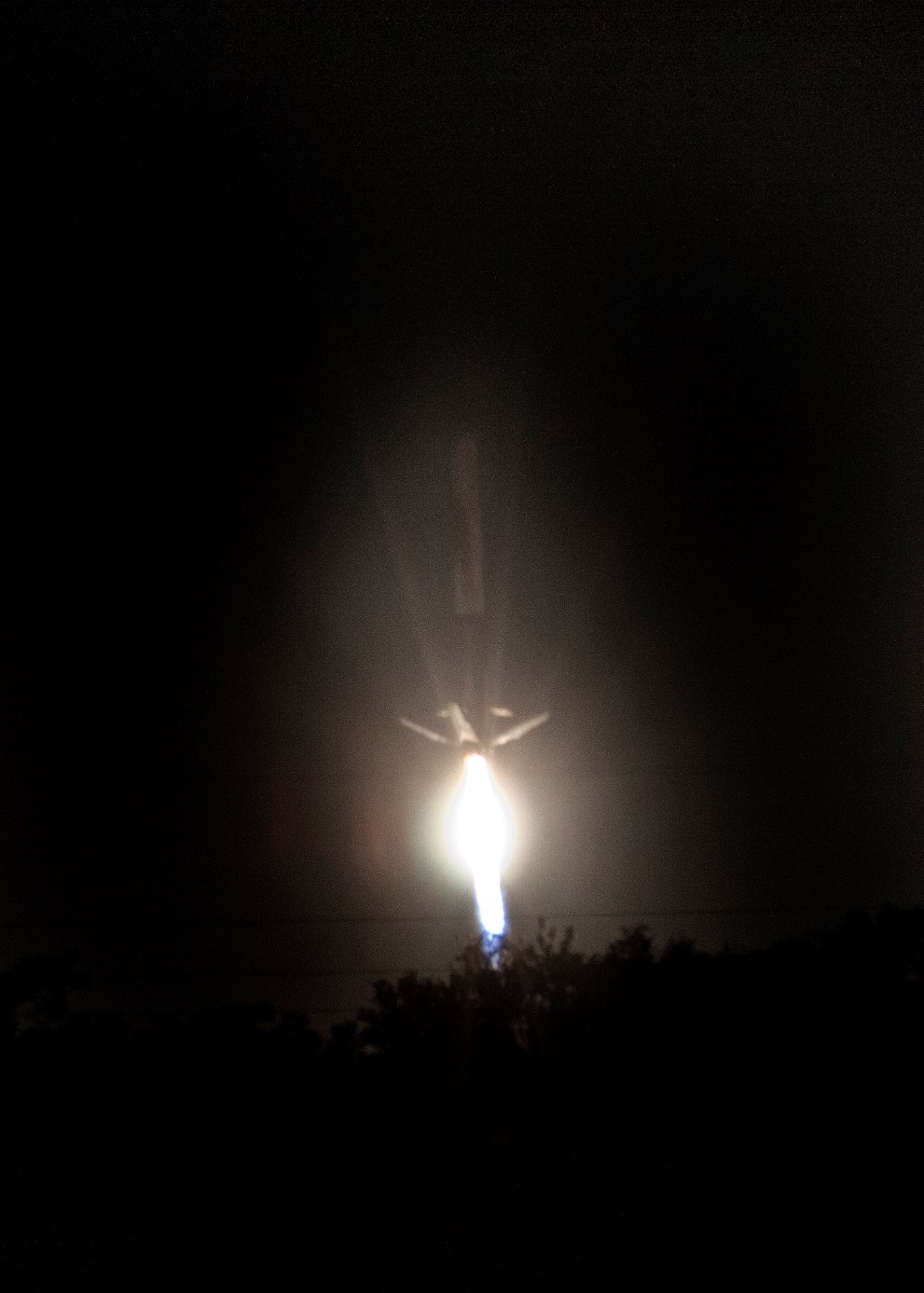
Falcon 9 OneWeb-16 Booster Landing, Photo Courtesy Carleton Bailie/Spaceline
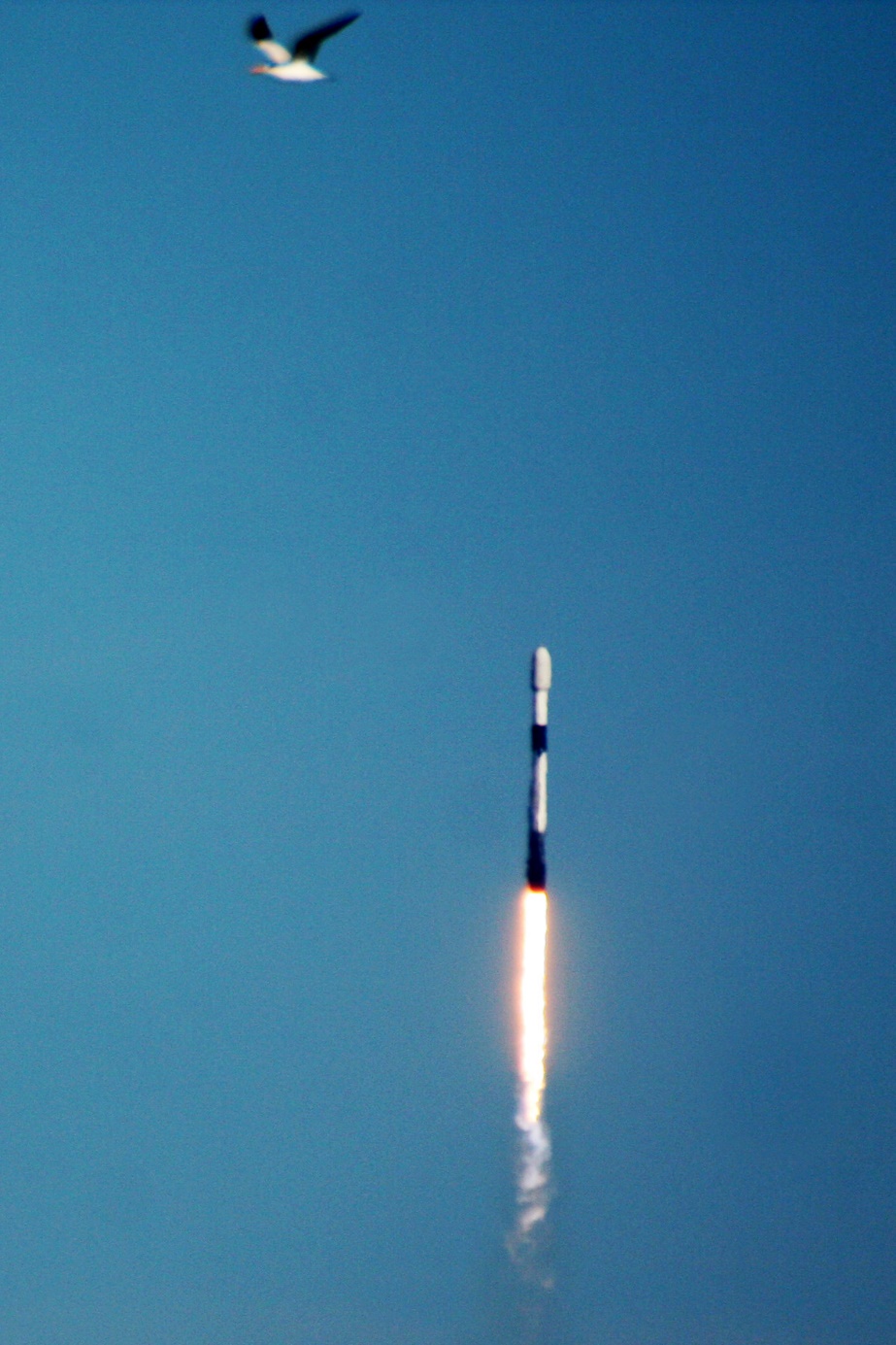
Falcon 9 Transporter-6 Launch, Photo Courtesy Carleton Bailie/Spaceline
Falcon 9 Launches Transporter-6 Payload
January 3, 2023 | Reported by Cliff Lethbridge
A SpaceX Falcon 9 rocket successfully launched the Transporter-6 payload at 9:56 a.m. EST today from Launch Pad 40 on Cape Canaveral Space Force Station. The first stage booster employed today was being flown for a record-tying 15th time, having previously supported the GPS III-SV03, Turksat-5A, Transporter-2, Galaxy 33/34 and ten Starlink missions. The booster was successfully recovered today with a landing at Landing Zone-1 on Cape Canaveral Space Force Station. Transporter-6 is the sixth SpaceX dedicated smallsat rideshare mission and contained 114 separate payloads. These payloads included cubesats, microsats, picosats and orbital transfer vehicles carrying spacecraft to be deployed at a later time. SpaceX reported that all of the payloads were successfully deployed.
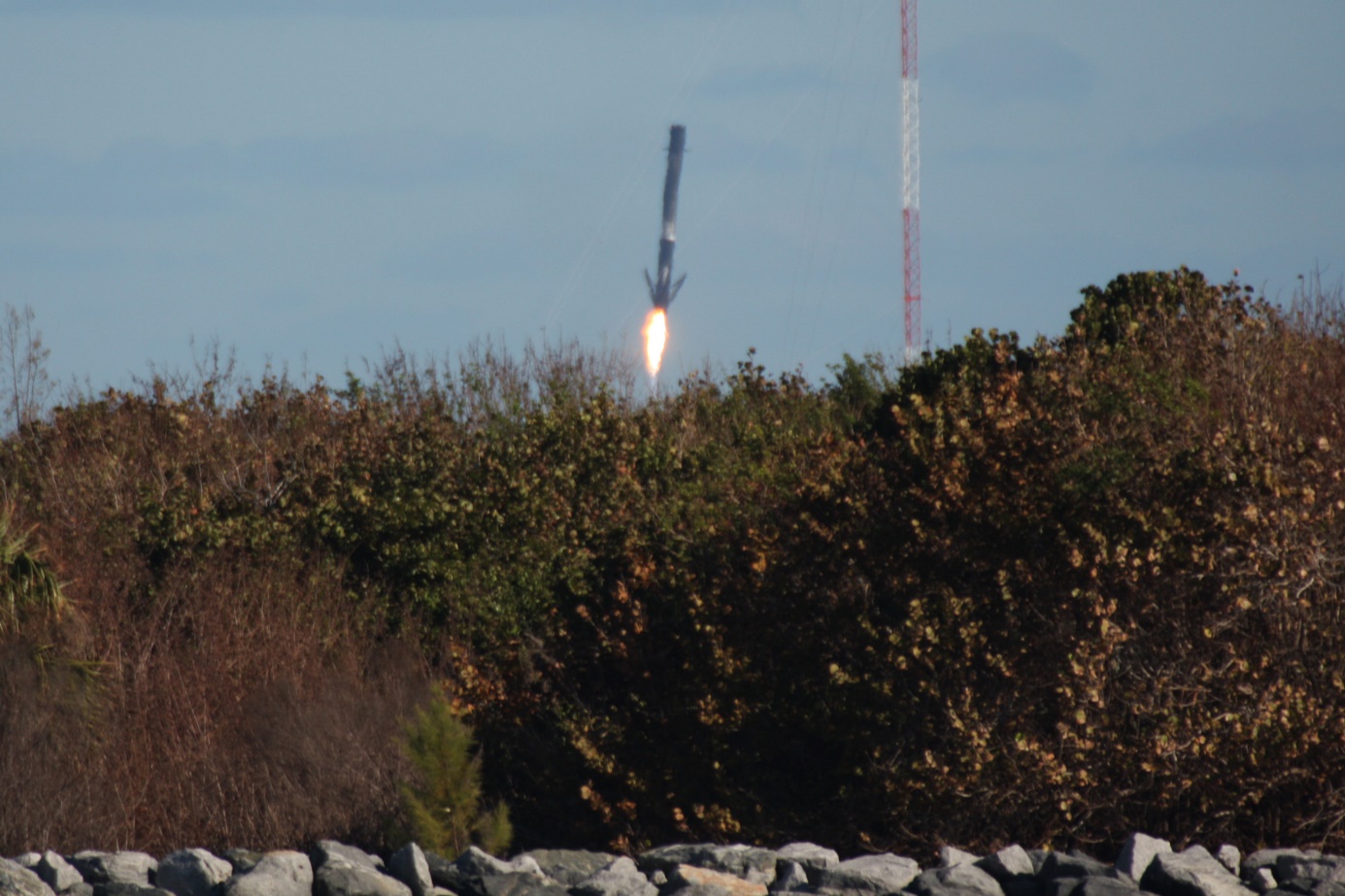
Falcon 9 Transporter-6 Booster Landing, Photo Courtesy Carleton Bailie/Spaceline


